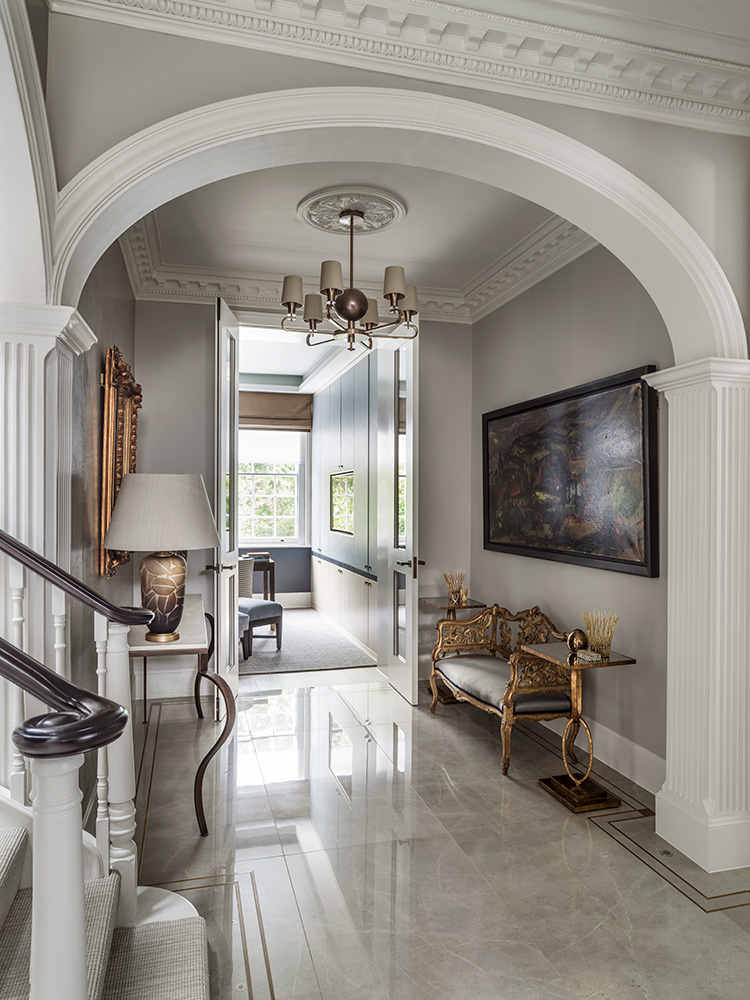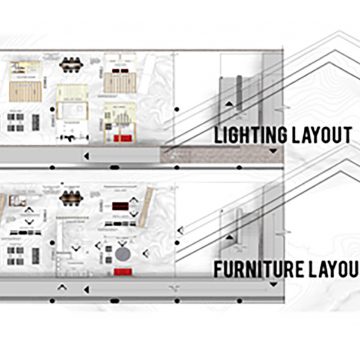The Art of Equilibrium: How Interior Design and Home Engineer Collaborate for Stunning Results
In the world of home layout, striking a balance between appearances and capability is no tiny task. This fragile stability is achieved through the harmonious collaboration in between indoor designers and designers, each bringing their distinct experience to the table. Stay with us as we discover the details of this joint procedure and its transformative effect on home design.
Understanding the Core Differences In Between Inside Style and Home Architecture
While both Interior Design and home style play crucial duties in producing visually pleasing and functional rooms, they are naturally different disciplines. Home style primarily concentrates on the architectural aspects of the home, such as building codes, safety and security guidelines, and the physical construction of the space. It deals with the 'bones' of the framework, working with spatial dimensions, load-bearing wall surfaces, and roofing system designs. On the various other hand, Interior Design is extra worried with enhancing the aesthetic and sensory experience within that framework. It includes choose and organizing furniture, selecting color systems, and incorporating attractive aspects. While they operate in tandem, their duties, responsibilities, and areas of knowledge diverge significantly in the production of an unified home atmosphere.
The Synergy In Between Home Style and Interior Style
The harmony between home style and Interior Design lies in a common vision of layout and the improvement of useful aesthetics. When these two areas straighten harmoniously, they can transform a space from ordinary to remarkable. This partnership calls for a much deeper understanding of each discipline's principles and the ability to produce a natural, visually pleasing environment.
Unifying Layout Vision
Linking the vision for home design and interior style can create an unified living area that is both functional and cosmetically pleasing. It advertises a synergistic strategy where building aspects complement indoor design parts and vice versa. Therefore, unifying the design vision is critical in mixing design and indoor style for stunning outcomes.
Enhancing Functional Aesthetics
Just how does the harmony between home style and Interior Design boost useful aesthetic appeals? This harmony enables the production of spaces that are not just visually attractive yet likewise conveniently usable. Designers prepared with their structural style, ensuring that the area is efficient and practical. The indoor developer then matches this with carefully selected elements that enhance the visual appeals without endangering the capability. This harmonious partnership can cause homes that are both beautiful and liveable. An engineer could design a house with high ceilings and big home windows. The interior designer can then highlight these functions with high plants and large curtains, specifically, therefore improving the visual allure while keeping the practical benefits of all-natural light and space.
Relevance of Cooperation in Creating Balanced Spaces
The partnership between indoor designers and engineers is essential in producing balanced areas. It brings harmony between layout and design, bring to life areas that are not only cosmetically pleasing yet likewise functional. Discovering successful joint techniques can give insights right into how this synergy can be properly accomplished.
Integrating Style and Style
Equilibrium, an important aspect of both interior design and architecture, can just absolutely be attained when these 2 fields work in harmony. This collective procedure results in a cohesive, balanced style where every aspect contributes and has a purpose to the total visual. Balancing style and architecture is not just about developing gorgeous spaces, but concerning crafting areas that i was reading this work seamlessly for their inhabitants.
Successful Collaborative Approaches

Situation Studies: Effective Combination of Style and Architecture
Examining numerous study, it emerges exactly how the successful assimilation of Interior Design and architecture can change an area. The Glass Residence in Connecticut, renowned for its minimalistic sophistication, is one such instance. Designer Philip Johnson and interior developer Mies van der Rohe collaborated to develop a harmonious equilibrium between the framework and the interior, causing a seamless circulation from the exterior landscape to the internal living quarters. Another prototype is the Fallingwater House in Pennsylvania. Designer Frank Lloyd Wright and indoor designer Edgar Kaufmann Jr.'s joint efforts bring about a strikingly one-of-a-kind home that mixes with its natural environments. These study underline the profound effect of an effective design and design cooperation.

Getting Over Obstacles in Design and Style Partnership
In spite of the undeniable advantages of an effective collaboration in between Interior Design and style, it is not without its difficulties. Communication concerns can occur, as both parties might use various terminologies, understandings, and approaches in their job. This can lead to misconceptions and delays in task completion. An additional major obstacle is the balancing act of visual appeals and capability. Architects may focus Discover More on architectural stability and safety, while designers concentrate on convenience and style. The assimilation of these purposes can be complicated. Additionally, budget plan and timeline restraints commonly add pressure, possibly causing rifts in the cooperation. Efficient interaction, common understanding, and compromise are important to get over these challenges and achieve a unified and effective collaboration.
Future Patterns: The Progressing Relationship Between Home Architects and Interior Designers
As the world of home style proceeds to advance, so does the relationship between architects and interior designers. Conversely, interior designers are embracing technical aspects, affecting overall layout and performance. The future assures a more natural, innovative, and adaptive method to home design, as designers and engineers proceed to obscure the lines, promoting a connection that genuinely symbolizes the art of balance.
Conclusion
The art of balance in home layout is attained with the harmonious partnership between indoor developers and designers. An understanding of each other's disciplines, effective interaction, and shared vision are critical in developing aesthetically sensational, practical, and inviting rooms. Regardless of difficulties, this partnership fosters development and development in design. As the partnership in between home designers and interior developers develops, it will remain to shape future trends, boosting comfort, performance, and individual expression in our home.
While both interior style and home architecture play crucial functions in developing visually pleasing and useful areas, they are naturally different techniques.The harmony between home style and interior style exists in a shared vision of layout and the enhancement of practical aesthetic appeals.Unifying the vision for home design and indoor design can create an unified living room that is both practical and cosmetically pleasing. Thus, unifying the style vision is critical in mixing design and indoor design for sensational outcomes.
Just how does the harmony in between home design and interior layout boost practical aesthetics? (Winchester architect)
Comments on “Interior Styling Near Me: Create the Perfect Ambiance for Your Home”